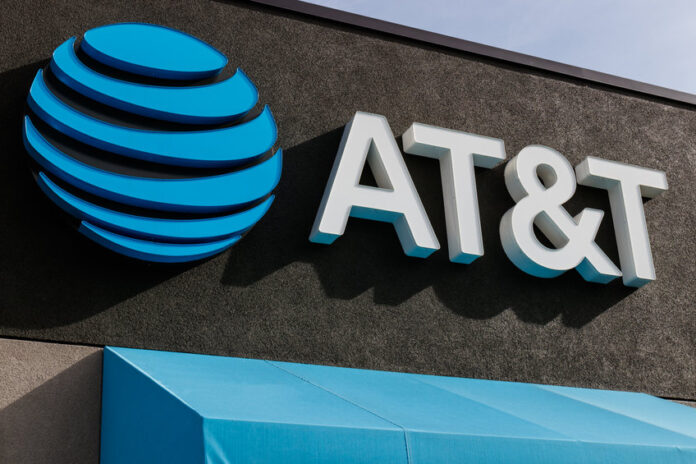AT&T has marked five years of network building in the US with a press note about what $140 billion of infrastructure investment gets you – in terms of best-of awards for coverage, reliability, and support for emergency services, and how higher-performance fiber and cellular means better services of various sorts. There was some actual news, of sorts, as well, that AT&T is revamping its power backup systems in a big way, and has installed a new cell tower in Oklahoma to help the Cherokee Nation get online.
The US carrier said the refresh of its power backup systems is “the largest in the history of [the] network”, and will run to “millions of dollars in generators, batteries, and systems” to keep it in service during power outages. It is using a digital twin of its national network to model network resiliency and optimize network construction. The new 5G mast for the Cherokee Nation in Kenwood, in Oklahoma, was funded by the American Rescue Plan. AT&T said it was “approached” by the local community to “close the digital divide and expand connectivity”.
Citizens previously had to drive “more than 10 miles” to get a cellular signal, it said; the new cell also supports first responders on the FirstNet cellular safety network. AT&T said its five-year build-out of fiber and cellular networks, going to the end of 2022, and including its new outpost in Kenwood, now covers 2.91 million square miles; it said tribal land coverage has increased by 40 percent in the last two years. It said the $140 billion it has spent in the 2018-2022 period has included capital investments and acquisitions of wireless spectrum.
The company felt inclined to list some service highlights, sprung from its network investments. It has established a third “emergency pathway” to its mobility network hubs (MTSOs) to combat climate events and instabilities in the commercial power infrastructure; the “likelihood” of power outages is down by 35 percent, it said. It is working with the US Department of Energy to model future climate impacts, it said, to prioritize its future “resiliency investments” and pre “one of the largest and most advanced disaster recovery programs” for “when Mother Nature does strike”.
On FirstNet, it said the service now covers “99-plus percent” of the population, and has passed “99-plus percent” of the company’s Band 14 coverage target with the First Responder Network Authority (FirstNet Authority). In total, AT&T said its cellular network covers 2.91 million square miles, up by about 100,000 square miles in 2022 (“like covering the entire UK”), going to 290 million people (150 million, covered by mid-band 5G spectrum) in 24,000 cities and towns. Its 5G network covers 50 cities and 70 venues and airports.
Meanwhile, AT&T’s fixed network was extended by 60,000 miles of fiber cable in 2022; its total length in the US could “stretch to the moon and back three times”, and now carries 594 petabytes of data traffic per day, 23 percent higher on 2021. There is more back-slapping in the press statement, but the gist of the message is network building is a costly and important business. Chris Sambar, head of AT&T Network, said: “We will continue to expand and fortify our infrastructure to give more communities – rural, urban and tribal – access to the connectivity we all rely on.”

